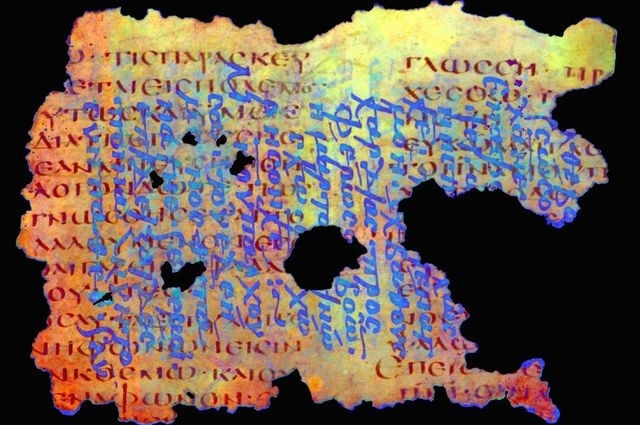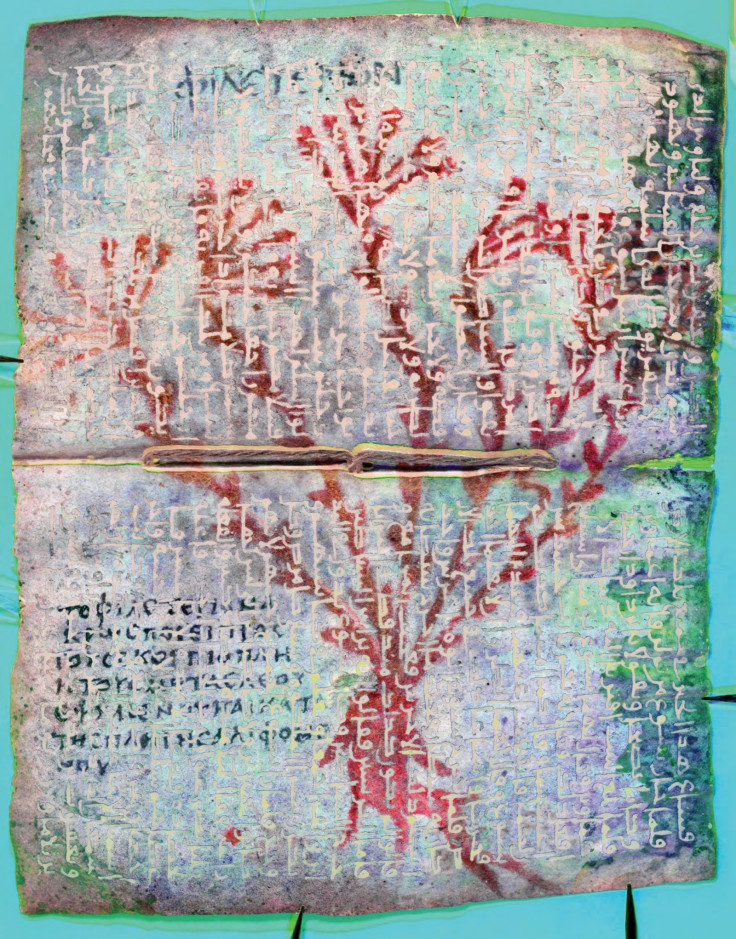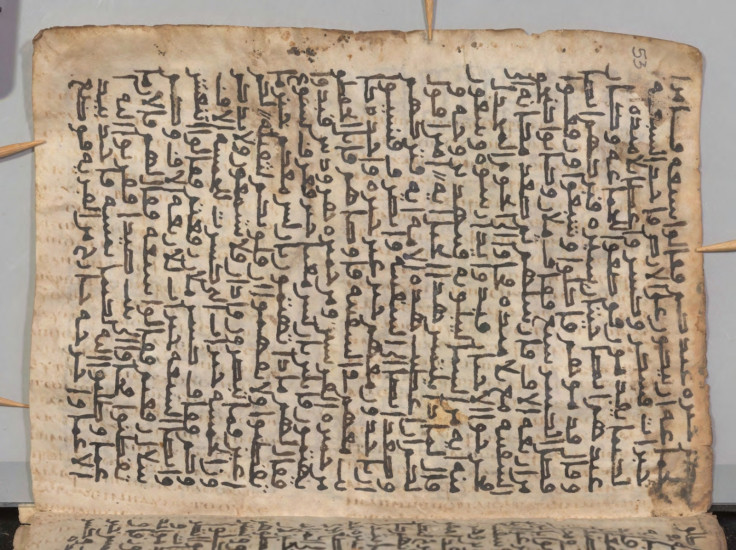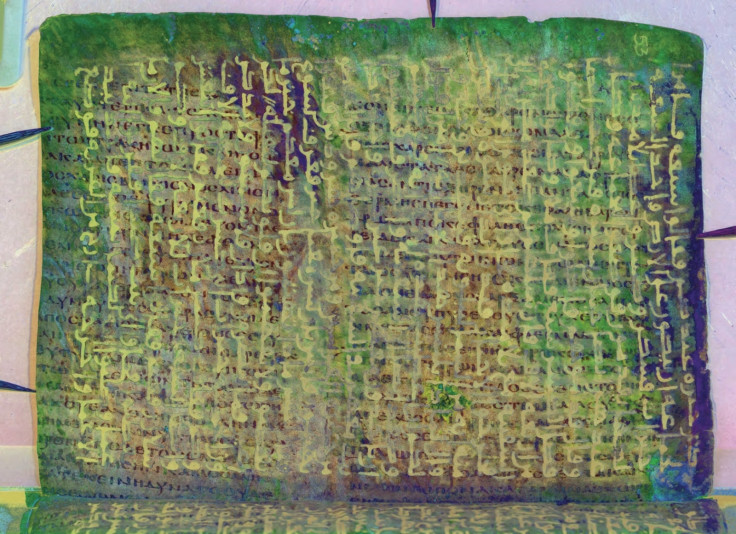These spectacular ancient texts were lost for centuries, and now they can be viewed online
Writings include previously unknown Greek mythological works and the oldest surviving copy of the gospels in Arabic.

Researchers have discovered a host of previously unknown ancient texts that have remained hidden for centuries in the vaults of Saint Catherine's Monastery in Egypt's Sinai Peninsula. The manuscripts were recovered as part of a project designed to preserve important historical documents.
The writings include Greek mythological and medical works, classical Middle Eastern scientific documents, religious texts in extinct languages, a Christian poem describing Old Testament figures in a Homeric style, and detailed illustration of plants, buildings and people.
In total, seventy-four manuscripts written in 10 different languages were recovered. They date from between the fifth and 12<sup>th centuries and contain some 6,800 pages between them.
The monastery is a UNESCO World Heritage site and the oldest continuously inhabited Christian monastery in the world.
However, in recent times, access to its spectacular collection of ancient manuscripts – considered second only to that of the Vatican Library – has been difficult due to the remote location and political instability in the region.
But now, thanks to the efforts of the Sinai Palimpsests Project team, the works have been painstakingly digitized and made publicly available online, ensuring they are preserved for generations to come. They can be viewed at sinaipalimpsests.org.

"By revealing these long-hidden materials and preserving them for future generations, this project makes possible advanced research and scholarship by scholars around the world," said Ginny Steel, a librarian from UCLA's Norman and Armena Powell Library, who was involved in the project.
Among the manuscripts are texts in Ethiopic (an ancient Semitic language originating in the Horn of Africa), Syriac (a language of indigenous Assyrians spoken by minority groups across the Middle East) and Latin, demonstrating the monastery's central role in medieval Christendom.

Previously unknown texts in the extinct language Christian Palestine Aramaic describing the story of an early Christian martyr were also found, as well as early biblical texts in numerous other languages - including the oldest surviving copy of the gospels in Arabic.
Researchers also found the earliest surviving copies of several Hippocratic medical treatises and a previously unknown mythological poem from ancient Greece which mentions Zeus, Hades, Hera, Hermes and Persephone.

In addition, the project uncovered the oldest surviving illustration in a secular Latin manuscript, as well as various depictions of medicinal herbs, human faces, figures and buildings.
A number of the documents contained pages where the text been erased and written over multiple times. So, the team used a process called spectral imaging which involves illuminating the pages with successive wavelengths of light, from ultraviolet through the visible spectrum to infrared. The raw data is then processed, revealing the hidden writing.
"With the gracious collaboration of the monks of St. Catherine's Monastery, this project has not only recovered individual texts of historical significance; it is also restoring the voices of those whose literatures have been mostly lost," said Michael Phelps from the Early Manuscripts Project Library, who was also involved in the project.





















